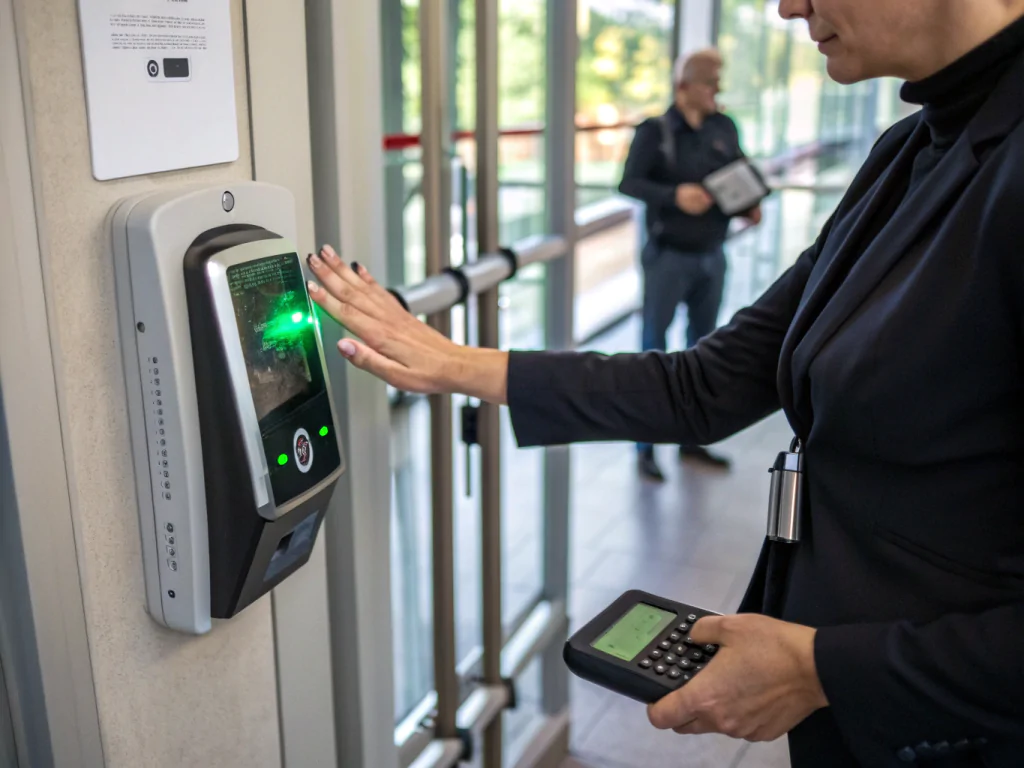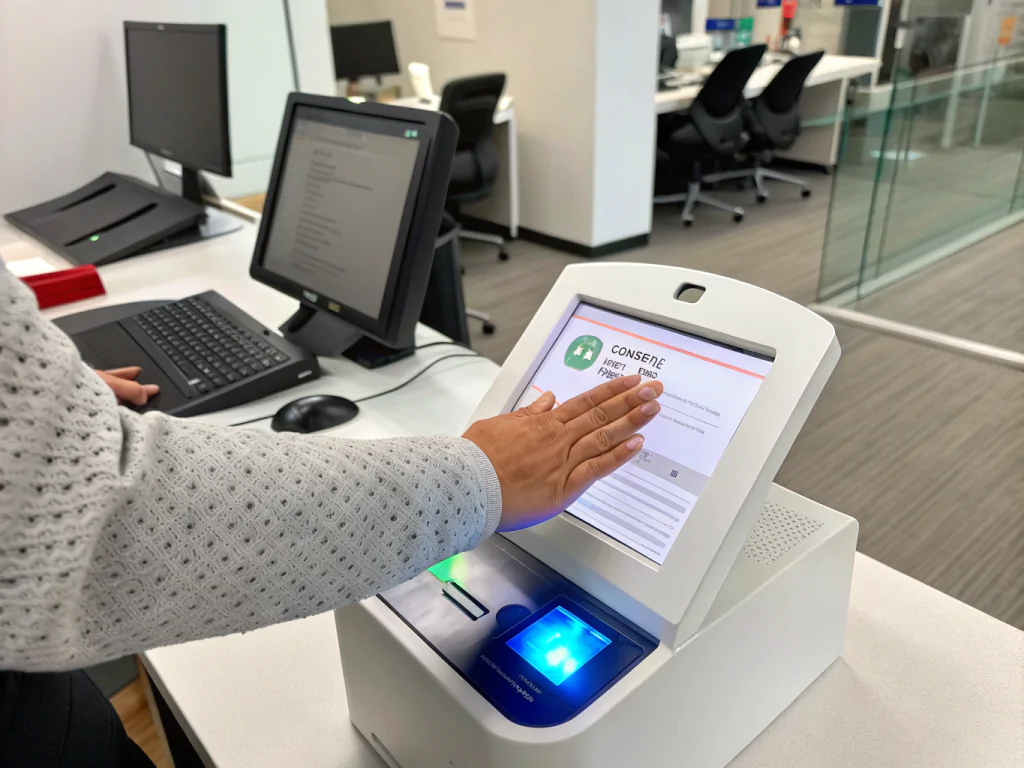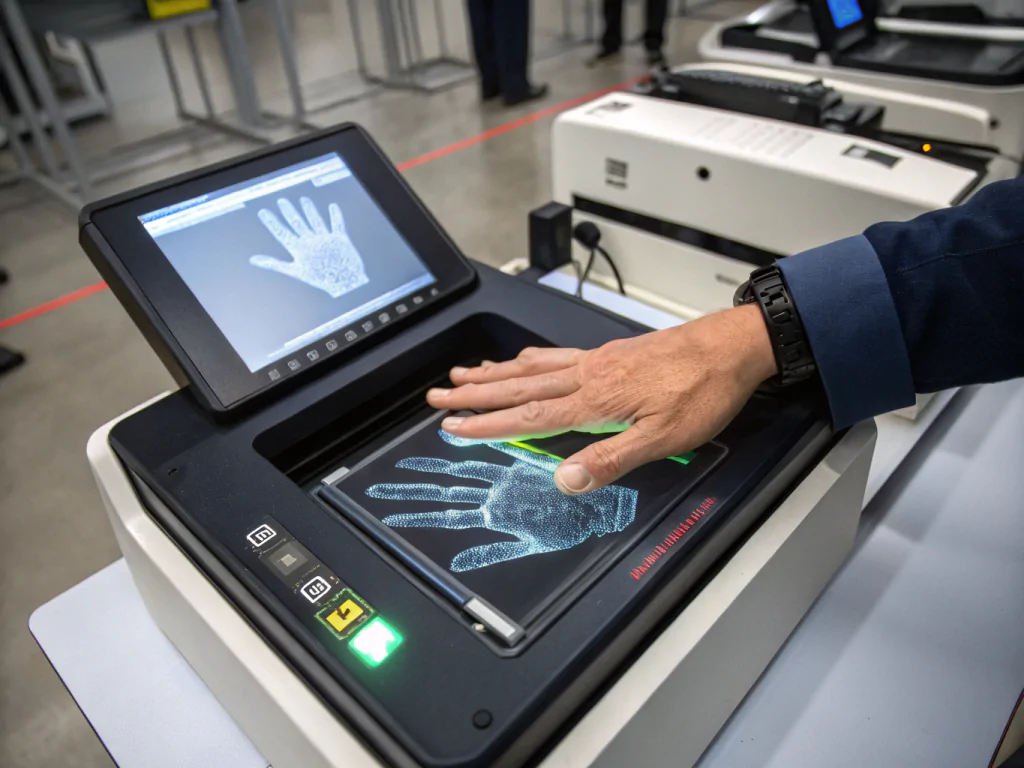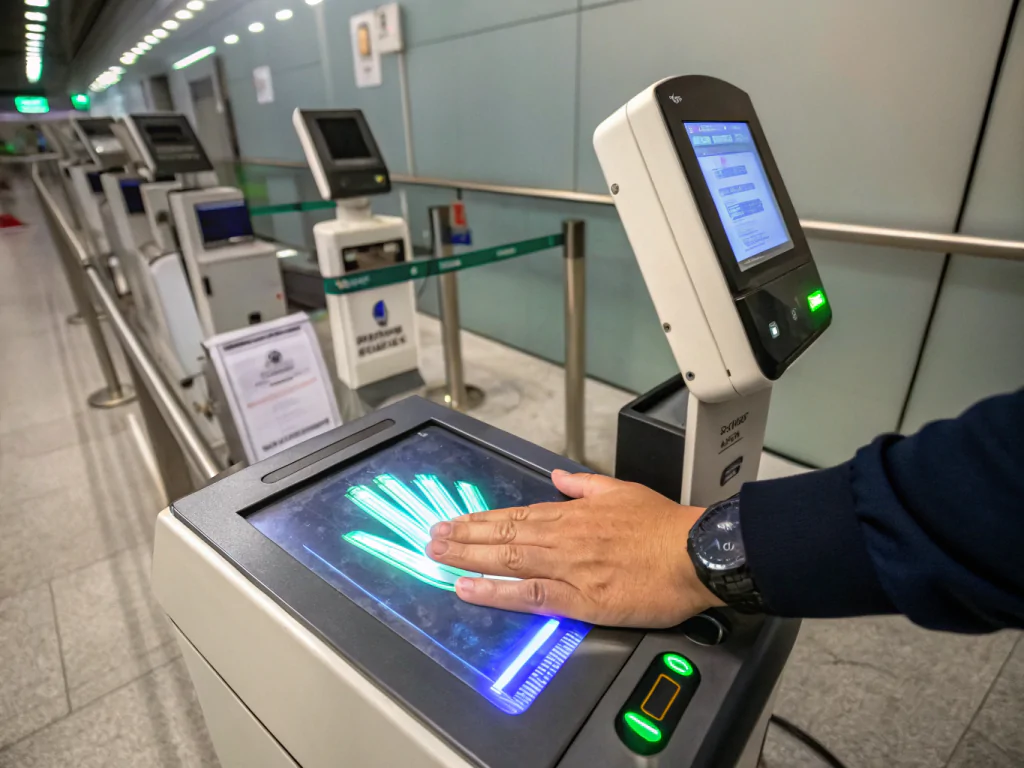
When I worked as a security manager, traditional fingerprint systems often failed, leading to unnecessary issues. With the advancement of technology, I found palm vein recognition systems to be a safer and more reliable solution, especially in high-security environments.
Palm vein recognition uses the unique patterns of veins beneath the skin of a person’s palm for identification. It is more secure and accurate than older methods like fingerprint recognition, making it ideal for sensitive access control areas.
When I first learned about palm vein recognition, I wasn’t expecting much. But after applying it multiple times, I found its advantages far surpassed traditional methods, especially in high-risk industries.
Table of contents
- What is a palm vein scan used for?
- What are the disadvantages of a palm vein scan?
- What is palm vein consent?
- Palm Vein Technology in Healthcare
- Palm Vein vs. Fingerprint Recognition
- What are the benefits of palm vein recognition for access control in government facilities?
What is a palm vein scan used for?
You may wonder where palm vein recognition can be used. From banks to hospitals, it provides more secure and convenient identity verification.
Palm vein recognition is used in environments that require high levels of security, such as banks, government facilities, and hospitals. It provides a secure, non-repudiable method of verifying a person’s identity.
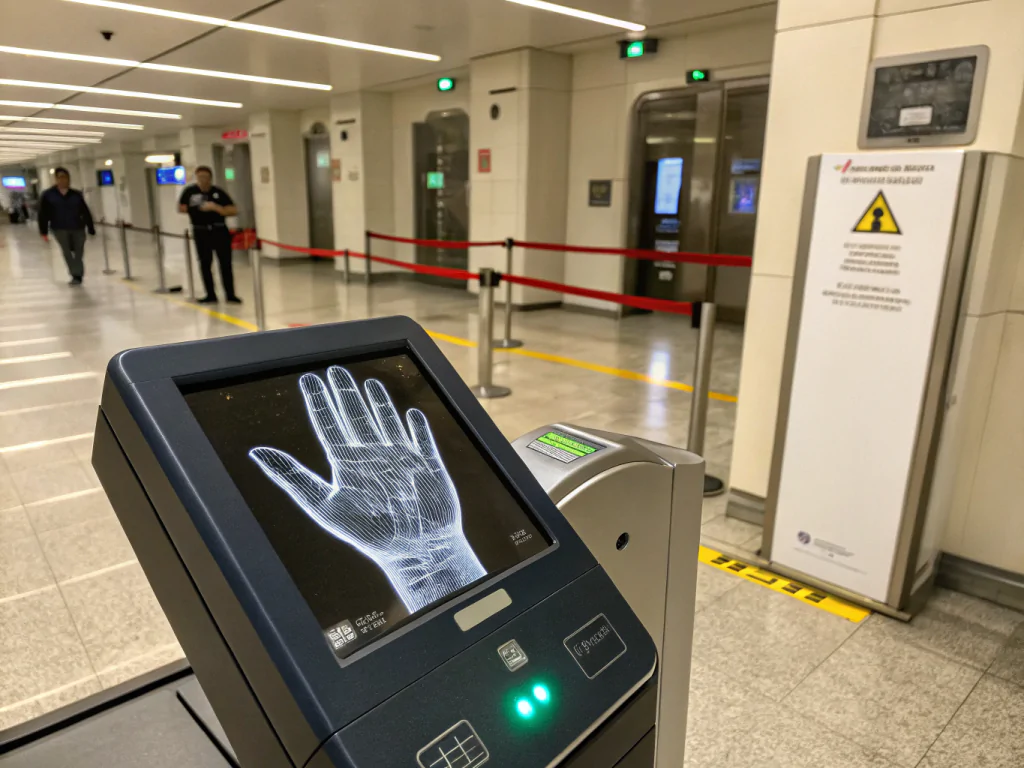
In a case I witnessed at a bank, the introduction of palm vein recognition significantly reduced the risk of customer data breaches. In the financial industry, security is paramount. Palm vein recognition offers a non-contact, precise identification method, eliminating potential vulnerabilities found in fingerprint and facial recognition. Additionally, for long-term customers, this convenient and secure method increases trust and user experience. Especially for high-net-worth clients, the seamless experience is appreciated.
What are the disadvantages of a palm vein scan?
Although palm vein recognition has many advantages, it is not without its limitations. It still has certain constraints for some users and environments.
Palm vein recognition is not without its drawbacks. The technology is more expensive than traditional biometric methods and can be affected by health conditions such as fever.
After discussing with several security experts, I discovered that palm vein recognition technology typically costs more than fingerprint systems, which could be a barrier for companies with limited budgets. Also, while palm vein recognition is highly secure, it is sensitive to health conditions. For instance, fever or hand injuries can affect scan quality, resulting in identification failures. Thus, although palm vein recognition is suitable for many high-security settings, its limitations should not be overlooked.
What is palm vein consent?
In the application of palm vein recognition, user consent and data privacy are two important issues to address.
Palm vein consent refers to obtaining user permission to capture and store their biometric data. This is crucial for complying with privacy regulations in many industries.
During my work with several security companies, data privacy was always a key concern. Many clients in government and healthcare industries were wary about storing and using biometric data. To obtain user consent, businesses must not only ensure the data is securely stored but also clearly explain how the data will be used. This transparency builds trust and helps comply with strict privacy laws such as GDPR.
Palm Vein Technology in Healthcare
The healthcare industry has very high standards for identity verification. How can palm vein recognition help enhance security and patient experience in this field?
Palm vein recognition is increasingly used in healthcare to accurately identify patients and ensure they receive the correct treatment. It also helps prevent medical errors and fraud.
At a well-known hospital, palm vein recognition technology was implemented to ensure accurate patient identification, preventing medical errors. Doctors and nurses quickly and accurately identified patients, reducing errors in medical records. In emergency situations, this fast authentication process saved valuable time. Moreover, compared to traditional ID cards or handwritten records, palm vein recognition is more hygienic, reducing the risk of cross-contamination.
Palm Vein vs. Fingerprint Recognition
How do palm vein recognition and fingerprint recognition differ? What are the strengths and use cases of each?
Palm vein recognition offers a higher level of security than fingerprint recognition due to the complexity of vein patterns and the difficulty in replicating them.
Although fingerprint recognition technology is widely used, it is still vulnerable to damage or forgery. For example, fingerprints can be replicated using molds, whereas palm vein patterns are far more complex and harder to duplicate. Additionally, fingerprints are affected by environmental factors like sweat and dirt, whereas palm vein recognition is less sensitive to these issues. In high-security settings, palm vein recognition is the preferred method due to its superior security.
What are the benefits of palm vein recognition for access control in government facilities?
When controlling access to sensitive areas in government buildings, ensuring the highest level of security is essential. What unique benefits does palm vein recognition offer in such cases?
Palm vein recognition enhances security by offering highly accurate and secure access control in government facilities, preventing unauthorized access.
In a project I worked on with a government agency, the deployment of palm vein recognition systems significantly improved building access security. Only authorized personnel were allowed into sensitive areas, reducing the risk of unauthorized entry. Compared to traditional card systems, palm vein recognition is more secure and harder to tamper with. This system helped the agency effectively prevent identity theft and internal threats, improving overall security.
Conclusion
Palm vein recognition technology offers numerous advantages, especially in security, convenience, and hygiene. It provides a more reliable and efficient solution for high-security industries.
External Resources
Learn more about Palm Vein Technology[1] in Access Control
Benefits of Biometric Security Solutions[2]
[1] Explore this link to understand how Palm Vein Technology enhances security and user convenience in access control systems.
[2] Discover the advantages of biometric security solutions and how they can protect your assets and data effectively.

